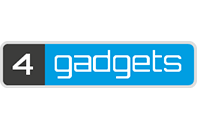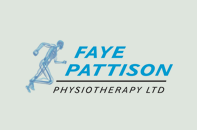Google Ditches Right-Hand Side Search Adverts
 Google relocates the paid search results to four ad spots at the top of the page. What does this mean for search?
Google relocates the paid search results to four ad spots at the top of the page. What does this mean for search?
On the 19th February Google began to roll out its abandonment of the paid adverts that appear in the right-hand side of the search results. Although they have yet to fully confirm the change, several AdWords representatives are describing the removal of these ads as ‘global and permanent’.
Top Positions Count
Google’s paid ads now appear in the desktop search results at the top and bottom of the search engine results. The page displays the top four ads at the head of the page and the rest are relegated to beneath the organic listings, whilst the right of the page is a blank, white space. This layout means that paid listings should appear in a similar way on desktop, tablets and smartphones.
What Effect Will This Have On Paid Ads?
This move is most likely to favour larger companies who have money to burn on a paid ads campaign. Naturally there will be even more competition now to bid for entrance into the top four of these ad positions for any particular keyword or phrase. It is likely that bid prices will need to inflate as companies outbid each other for the best spots and so paid advertising will become more expensive for popular and more general key phrases.
The Effect On The Organic Listings
In the example above, a search for “Plumbers in Essex” brings up only adverts and the top part of a Google map above the fold. If this trend is seen in more markets, organic listings will start to suffer at the hands of effective PPC campaigns.
The biggest losers in this move might well be the owners of organic websites who do not have the budget to spend on a paid ads campaign. Even those who have achieved a top 5 organic position on the first page of Google for their chosen keywords will have noticed that they are now all hidden beneath the fold. This means that users may choose to select a paid ads campaign rather than an organic search results, blurring the lines between free and paid search. Therefore, organic site traffic may see a decline in CTR and consequently experience less traffic.
The Effect On The User
Many users claim that they ignore the paid ads on the right-hand side of the results, although this is rarely confirmed due to the success of paid ad campaigns for the promotional needs of a brand. It will be much harder for a user to ignore ads that are so intermingled with the natural results that they are barely distinguishable from one another.
Streamlining Of Mobile And Desktop
This latest move by Google streamlines the desktop experience to be the same as the mobile view from the user perspective. As mobile searches finally overtook desktop searches in 2015, it is hardly a surprise that Google has decided to follow the success of its mobile model by implementing similar changes to desktop.
Google doesn’t make huge changes to their search displays or algorithms without an enormous amount of research being conducted beforehand. User experience and data collection will have been at the heart of their experiments.
It is almost impossible to receive news of this development without assuming that financial motives are largely involved. A company that tries to level the playing field for small businesses to compete with giants in the same industry, may have gone one step too far this time. We’ll be sure to keep you posted on further developments regarding this subject.






















